Most parents caring for a sick child have faced that moment of uncertainty: Is it time to go to the Children’s Emergency? Experts share the signs to look out for, and when urgent medical attention may be required.

Gastroenteritis is among the common conditions seen at the Children’s Emergency but only severe cases, for example, where the child is severely dehydrated due to persistent vomiting, may require a hospital admission. (Photo: iStock/Pongtep Chithan)
New: You can now listen to articles.

This audio is generated by an AI tool.
Every parent who has cared for a sick child knows that heart-racing moment of anxiety when their child’s fever suddenly spikes or unusual symptoms show up. But how do you know when a regular doctor’s visit would suffice, and when a trip to the Children’s Emergency is necessary?
For mother-of-one Noelle Yong, 35, that moment came in July 2023 when her toddler’s eyes rolled back as his small body burned with a 40-degree Celsius fever. Recognising the signs of a seizure, she and her husband rushed him to the Children’s Emergency.
The second incident happened about a year later, after a fall left her son drowsy. He also vomited. “I was so on edge,” Yong said, recalling her anxiety. “With young children, they can’t describe properly how they feel, so I feel it’s important to trust your gut, as a parent.”
Her son received care at the Children’s Emergency at the National University Hospital (NUH) and made a full recovery on both occasions.
 Mother taking care of her daughter with high fever. (Photo: iStock/MTStock Studio)
Mother taking care of her daughter with high fever. (Photo: iStock/MTStock Studio)
It can be distressing for parents and caregivers to see their child unwell or in pain from injuries, but it is important to seek treatment at the right place, said Dr Anuradha Pandey, consultant at the Department of Emergency Medicine at KK Women’s and Children’s Hospital (KKH).
Children’s Emergency services provide round-the-clock care for children and adolescents with life-threatening emergencies and critical conditions, though not every case seen is truly urgent.
At KKH’s Children’s Emergency, about 15,000 cases are seen monthly, but one in three turn out to be ailments that do not require emergency care.
From January to March 2025, around 73 per cent of cases seen at NUH’s Children’s Emergency were for non-emergency conditions. Most commonly seen conditions include fever, respiratory tract infections and gastroenteritis, and minor injuries such as falls, sprains, cuts and lacerations.
Such conditions are often not considered emergencies if they are minor, said Dr Jasmine Ho, consultant at Children's Emergency at Khoo Teck Puat - National University Children's Medical Institute, NUH.
“Of course, every condition has its own severity spectrum. For example, a child with gastroenteritis may be severely dehydrated, needing admission for intravenous hydration, though such severe cases are often much less common compared to the milder spectrum of the same condition,” she explained.
Dr Ho added that there can sometimes be a “mismatch in what parents perceive to be an emergency and what actually constitutes one”.
“For example, a high fever of 39 to 40 degrees Celsius in itself is not a medical emergency but to some parents, especially first-time parents, this may seem like one,” she said.
WHAT IS AN EMERGENCY?
 If you suspect that your child has ingested poisonous liquids like liquid detergent, seek emergency care immediately. (Photo: iStock/Andrey Zhuravlev)
If you suspect that your child has ingested poisonous liquids like liquid detergent, seek emergency care immediately. (Photo: iStock/Andrey Zhuravlev)
According to Dr Pandey, the following conditions warrant a trip to the Children’s Emergency, though the list is not exhaustive.
Medical conditions:
- Seizures lasting more than three to five minutes
- Loss of consciousness
- Difficulty or laboured breathing
- Unusual behaviours (for example, persistent irritability, drowsiness, confusion)
- Poor feeding with reduced urine output
- Persistent vomiting or greenish vomit
- Any blood in the stools or vomit
- Severe pain (for example, headaches, abdominal pain) that persists or worsens
- Fever of 38 degrees Celsius or higher in babies younger than three months old
Accidents or injuries:
- Major accidents such as road traffic collisions
- Fall from height
- Near-drowning
- Deep cuts or wounds
- Head injury with vomiting, drowsiness, significant scalp swelling
- Suspected broken bones or deformed-looking limbs
- Dislocated joints
- Suspected ingestion of poison, medication overdose
- Inhalation or ingestion of foreign objects
“In general, children requiring emergency care may appear severely lethargic, irritable, breathless, or dehydrated. If they are playing, sleeping, and eating well, it is less likely that their condition is critical,” said Dr Pandey.
WHAT TO DO IN NON-EMERGENCIES
For more common ailments, such as viral upper respiratory tract infections, mild gastroenteritis symptoms, minor injuries, or a fever that has just started, Dr Pandey advised visiting general practitioners (GPs) under the PaedsENGAGE programme. Initiated in 2023 through a partnership between KKH and NUH, these GPs are trained to manage common acute paediatric conditions.
“They can be your first port of call to get treatment for your unwell child or advice, if a referral to the Children’s Emergency is needed,” said Dr Ho.
Alternatively the KK TelePaeds is a teleconsultation service that offers medical assessment and treatment for children aged three to 13 years with minor ailments.
WHEN COMMON SYMPTOMS BECOME EMERGENCIES
 Go to the Children’s Emergency if your baby under three months old has a fever of 38 degrees Celsius or higher. (Photo: iStock/jaochainoi)
Go to the Children’s Emergency if your baby under three months old has a fever of 38 degrees Celsius or higher. (Photo: iStock/jaochainoi)
Dr Ho encouraged parents to get familiar with basic over-the-counter medications for symptoms like fever, blocked or runny nose or diarrhoea. “These symptoms can often be treated safely at home and especially when they crop up in the middle of the night,” she said.
However, there are some exceptions and red flags to watch for.
Seek medical attention at the Children’s Emergency if your child is under three months old and has a fever of 38 degrees Celsius or higher, or if the child shows signs of irritability such as persistent crying, lethargy with poor feeding, or if the skin looks pale or mottled. This is because infants are at a higher risk of serious bacterial infections, explained Dr Pandey.
A fever lasting more than five days should also be evaluated to determine if the initial viral fever is complicated by a second bacterial infection, she added.
Fever that hits 41 degrees Celsius could indicate a serious infection. That said, the height of a fever does not always correlate with the severity of the child’s illness, said Dr Pandey.
She elaborated: “For instance, if the child has a high fever but their energy level and appetite appear well in between spikes in temperature, they could be seen by a family doctor. Conversely, children with low-grade fever but presenting with severe lethargy or dehydration should be seen at the Children’s Emergency immediately.”
When it comes to gastro symptoms, Dr Ho said that persistent vomiting is more concerning than persistent diarrhoea as the former makes it harder for the child to stay hydrated. Check your child’s urine output – there should be at least three to four urine output in 24 hours.
She advised waiting at least 30 minutes after vomiting before offering some fluids (ideally, non-carbonated isotonic rehydration fluids) in slow increments. “If the child is unable to keep fluids in over three consecutive attempts and is starting to become lethargic, seek medical advice,” she said.
Still unsure? Dr Pandey suggested trying the KKH Urgent Paediatric Advice Line (U-PAL), a chatbot service that guides caregivers on common paediatric conditions and when urgent medical attention is needed. However, it is not a replacement for a doctor’s advice and should not be used for pre-existing or chronic health conditions in children.
A RITE OF PASSAGE FOR CHILDREN AND PARENTS
 Parents and caregivers may find it helpful to get familiar with basic over-the-counter medications to manage symptoms such as fever, blocked or runny nose, or diarrhoea. (Photo: iStock/Wengen Ling)
Parents and caregivers may find it helpful to get familiar with basic over-the-counter medications to manage symptoms such as fever, blocked or runny nose, or diarrhoea. (Photo: iStock/Wengen Ling)
Falling sick is part of growing up. Said Dr Ho: “It helps to strengthen the child’s immune system by learning to fight off various viruses and illnesses and protect them in the future. For parents, knowing how to care for an unwell child is also part of the parenting journey – use each episode as a learning opportunity.”
Her advice to those looking after children: Understand the various types of over-the-counter medication and get familiar with techniques to manage common symptoms that may not require medication.
For example, a nasal aspirator for congested noses or a humidifier to ease blocked noses in an air-conditioned room. Additionally, learn where to seek treatment when the child needs medical attention.
That knowledge helped Yong when her toddler had persistent fever last September. She brought him to a PaedsENGAGE GP, who referred them to the Children’s Emergency. Thankfully, there was no serious condition.
“As parents, having a close relationship with your GP, someone you can trust, is helpful,” said Yong. “You might wonder if you should go to the Emergency, but some things, like fever, can take two or three days to break, and you might add extra stress for everyone (if it’s not urgent). Having a GP you can trust to guide you helps.”



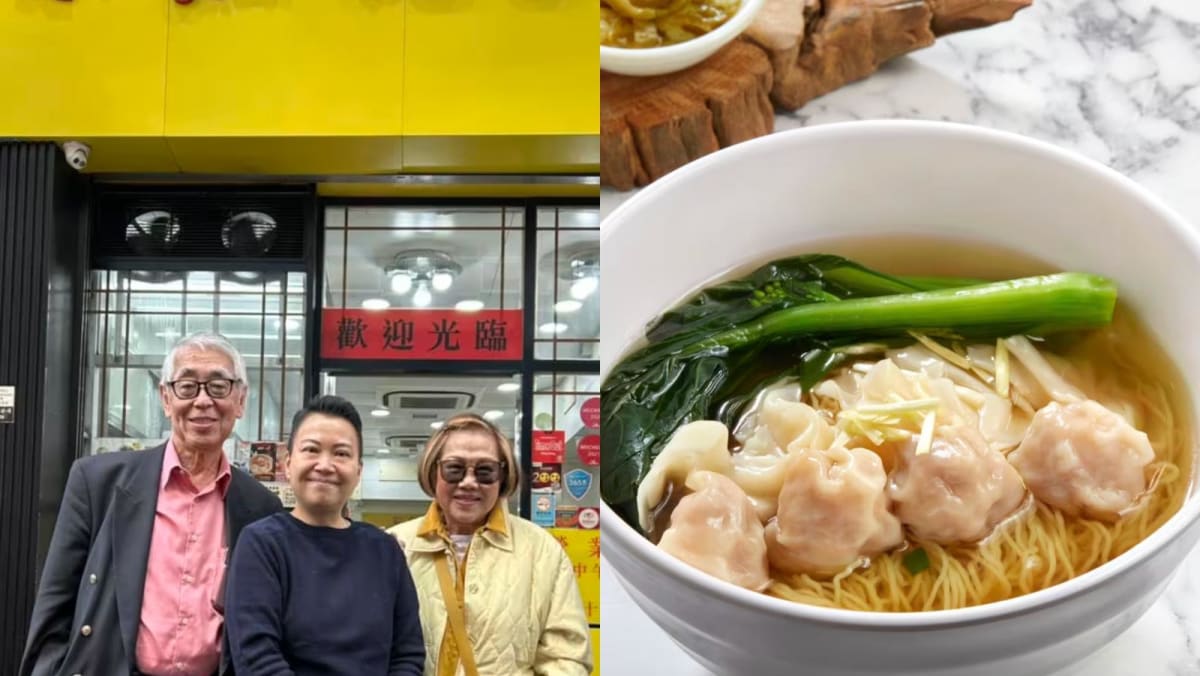

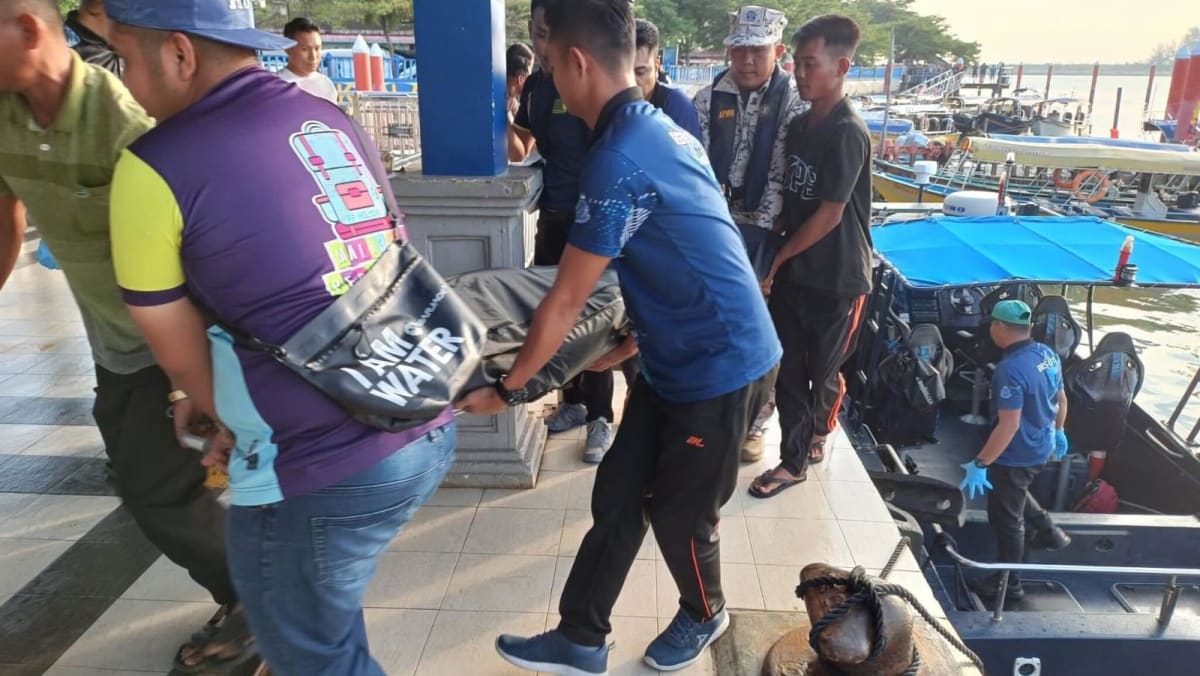

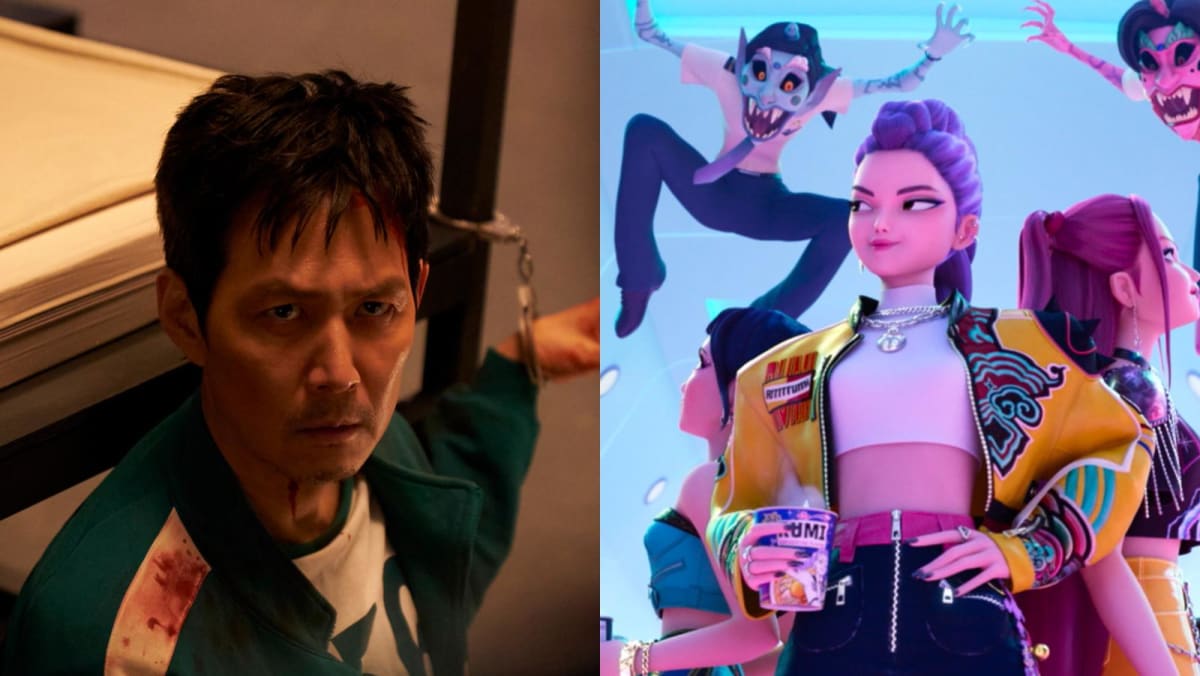






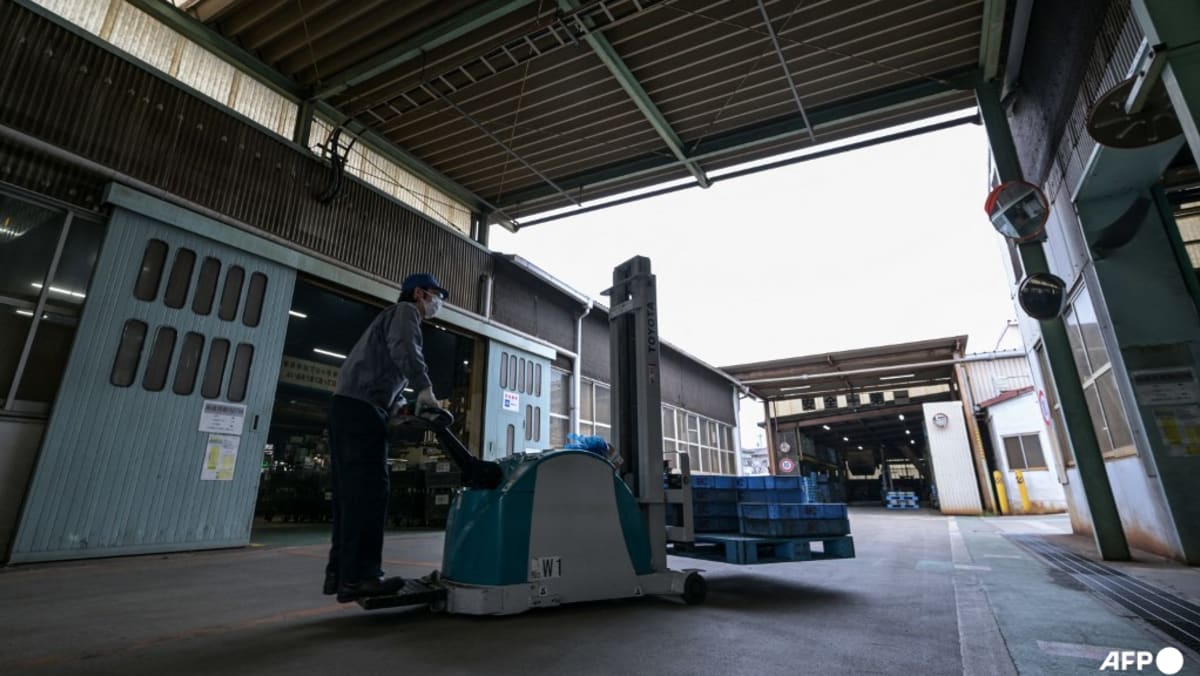



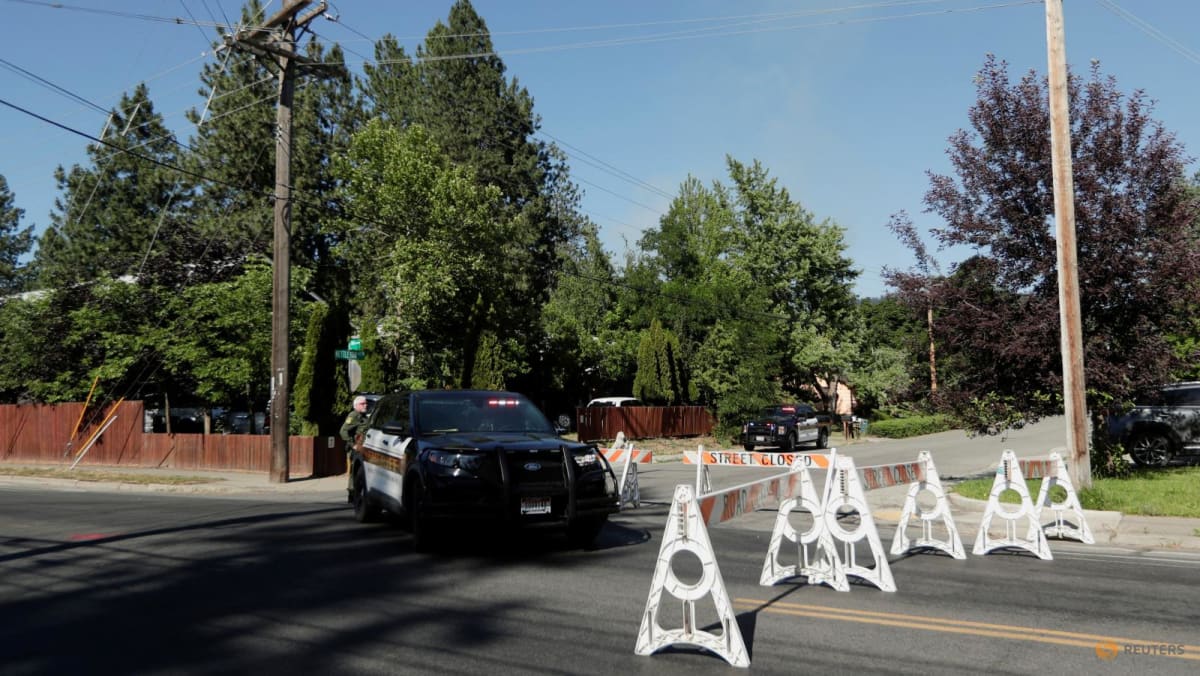































.png?itok=erLSagvf)
